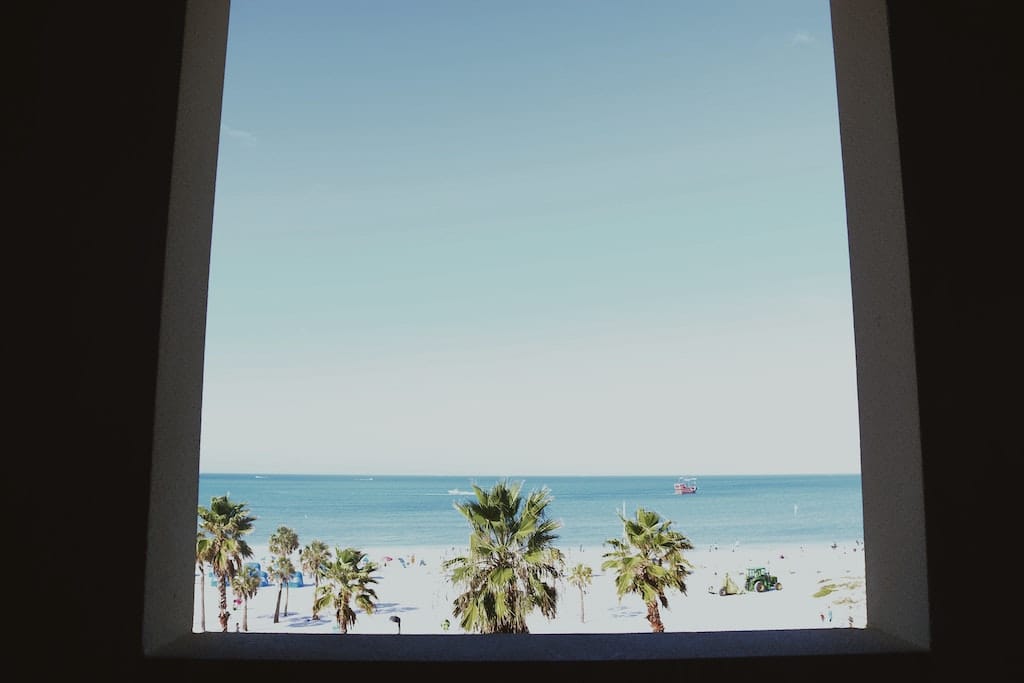All Categories
Featured
Table of Contents
Which Type Of Glass Is Best For Energy Efficiency? - A&l Windows in Dianella Western Australia
That window can transmit more solar heat in winter than in summer season. A west-facing window on a summer's afternoon has an angle of incidence from near 0 approximately 30 with a big reliable area of solar radiation. A north-facing window, in summer season, has a high angle of incidence and a low effective area of solar radiation, so can send less heat than a west-facing one.

You can quickly and easily improve the thermal performance of your home by changing your windows. This is among the most reliable methods of remodelling to achieve enhanced thermal comfort. There are thousands of kinds of glass and frames to pick from. Choosing the ideal ones is necessary to enhancing the energy performance of your house.
Double Glazed Windows in Floreat Western Australia
Single glazing with clear glass is not really effective when it comes to heat loss or gain. To enhance performance, you can utilize single glazing with a more energy-efficient type of glass such as low emissivity (low-e) glass.
Several layers can be assembled with sealed cavities between each sheet of glass. IGUs usually use better energy performance than single glazing, because they transmit less energy. However, the energy efficiency of IGUs also depends upon: the residential or commercial properties of each layer of glass. Various glass types (for example, clear and low-e glass) can be put together in an IGU.
Which Is The Best Type Of Double Glazing? - Which? - Which.co.uk in Karawara Perth

IGU cavities can be filled with air or a more inert, low-conductivity gas such as argon the width of the cavity. Larger cavities offer lower (better) U values, with 12mm normally accepted as the favored space how well the cavity is sealed.
If argon is installed to the cavity in location of air, moisture is reliably omitted the level of desiccant (drying representative). The spacer (metal or polymer strip) that separates the glass layers includes a desiccant to absorb any moisture. Inadequate desiccant might cause moisture to condense on the glass surface area in cold conditions, reducing thermal performance.
Which Double Glazing Company Is The Best? in Beckenham WA
In truth, IGUs can deliver much better energy performance for all climates, especially in heated and air-conditioned houses. Cross-section detail of single, double and triple-glazing units Low emissivity glass (commonly called low-e glass) decreases heat transfer. Low-e glass may be either high or low transmission: High transmission low-e glass has a finish that allows daylight from the sun to pass into the house to achieve excellent solar heat gain, however lowers the quantity of the long wavelength infrared heat that can get away back through the window.
Low-e glass has either a pyrolytic finish or a vacuum-deposited thin movie metal covering. Pyrolytic coverings are resilient and can be used for any glazing; vacuum-deposited finishings are soft and are only utilized within IGUs. Low-e finishings can significantly improve both U worth and SHGC; however, they must be utilized correctly or they will either weaken or stop working to perform as needed.
Why Double Glazing Keeps Your Home Cooler In Summer? in Caversham WA
Low-e coverings can be used in combination with clear, toned or reflective glass. Low-e coverings on glazing can decrease heat transfer where needed Picture: Department of Industry, Science, Energy and Resources Toned glass has colouring ingredients included throughout manufacture. It is readily available in numerous colours, usually bronze, grey, blue and green.
Latest Posts
Double Glazed Windows in Floreat Perth
Insulated Glass Unit – Igu in Lathlain Perth
What Is Triple Glazing? - Infinite Windows in Attadale Perth